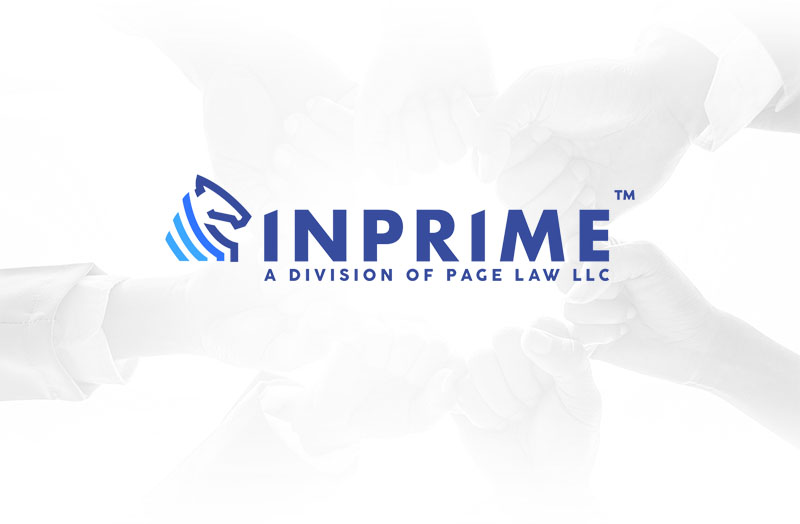With remote work continuing for many during the pandemic, companies are adjusting to a new onboarding experience for recent hires. But if your business is replacing the typical first day of paperwork with a virtual experience, it’s important to understand some onboarding musts and the different types of electronic signatures you can choose to offer security, privacy, and legal coverage.
What to include in your virtual new-hire pack
It may take a little extra effort upfront to help virtual employees smoothly come on board, especially if your company just went remote during the pandemic. They’ll need to feel engaged, have access to productivity tools, and, crucially, receive all the paperwork they would have gotten on their first day in the office.
HR will need to create a virtual new-hire pack, including the following:
- Offer letter
- Tax forms
- Contract
- Org chart
- Company directory
- Employee handbook and policies
- Employee information form
- Direct deposit form
- 401(k) and health plan information
The employee will also need a way to securely sign necessary documents using an electronic signature (also referred to as eSignature).
Types of electronic signatures
From a legal perspective, electronic signatures are the same as pen-on-paper signatures. In some ways, they’re even better because they can be time-stamped and otherwise authenticated. But not all electronic signatures are created equal:
- At the most basic level, a scanned signature may be imported into a document.
- With more security, a smart signature app allows for electronic signatures that include identifying information to help verify authenticity (like the time, date, and signer’s IP address).
- At the highest level of security, digital signatures create an encrypted mark that can be verified by a unique “hash,” i.e. a unique string of letters and numbers.
Digital signatures rely on Public Key Infrastructure (PKI) as a standard format. The digital signature provider, like DocuSign, will give the signer two numbered keys, one for private use and another for public use. When signing the file, the signer’s computer will create a unique hash. The hash is then encrypted with the private key to create the signature. The signer may then send the document to the recipient. The recipient’s computer decrypts the signature with the public key, determining a hash. If the hashes match, that indicates the document and signature are authentic.
How to choose a digital signature provider
When choosing a digital signature provider, look for a pricing plan and security level that works for your business and your expected use. Some sites even compare different providers, making it simple to choose. Be sure to consider how many people at the business will require digital signature technology and how often it will be used. When documents contain sensitive information or create binding agreements, it’s smart to invest in a signature system that’s secure and reliable.
Your In-House Legal Team
Let our team proactively prevent legal exposure and operate as your in-house legal team. To learn more about all the ways the experienced attorneys at InPrime can help reduce your legal threats and limit exposure, give us a call at 770-282-8967 or contact us online today.


